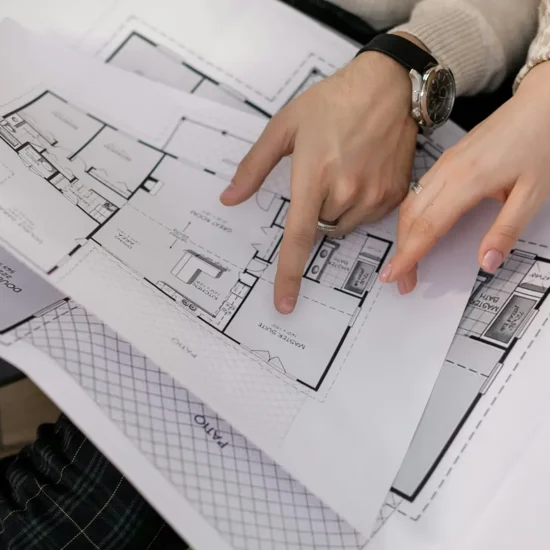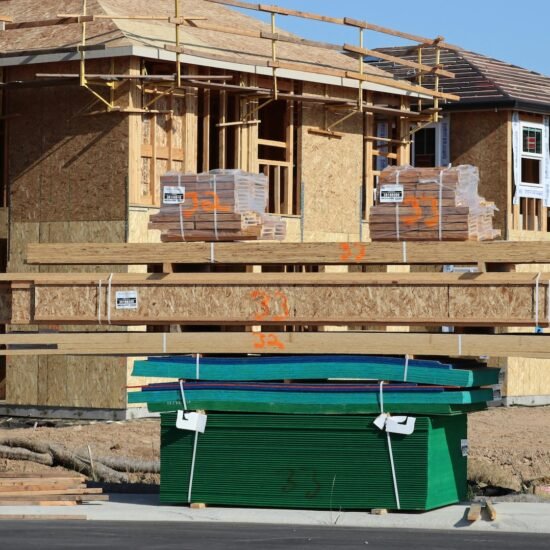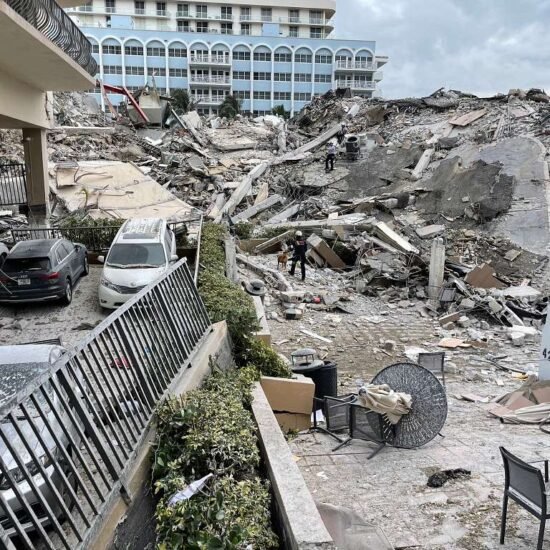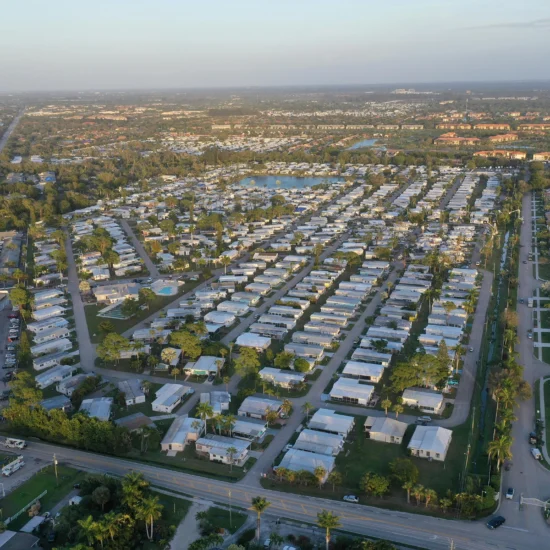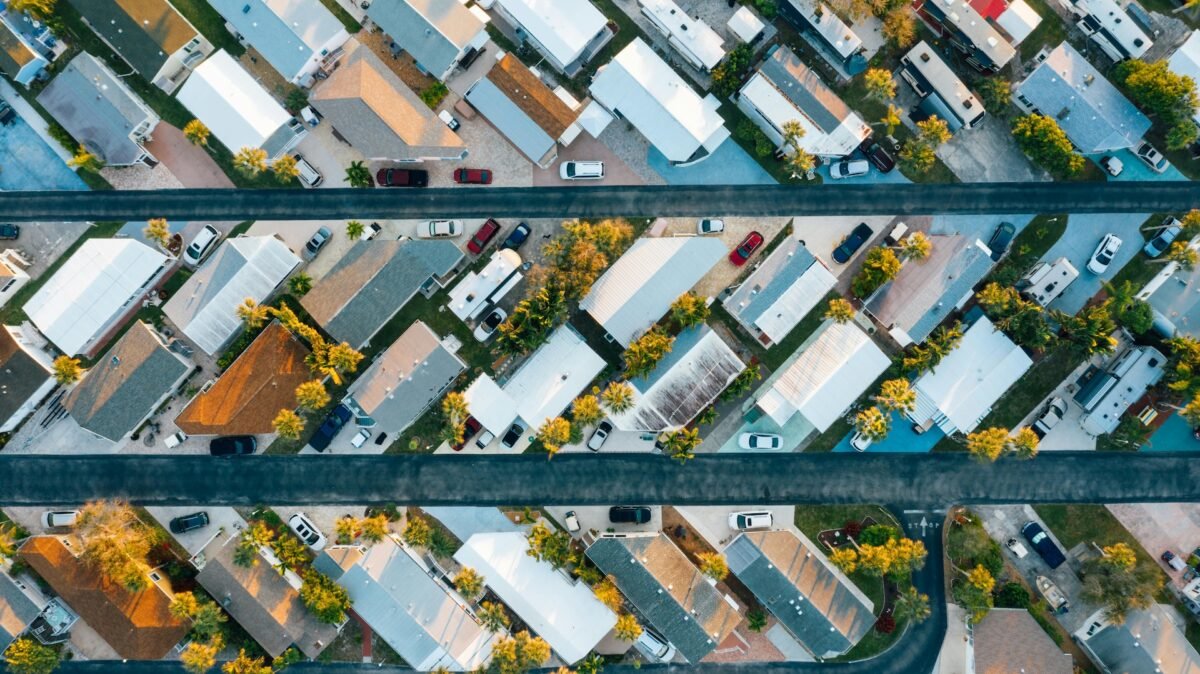
How Old is Your Association in “HOA Years?”
HOA Detective™ | September 19, 2025: When your board of directors’ (BOD) biggest goal is to keep monthly assessments as low as possible, and everything else comes second, they are leaving a legacy. The problem is, it is a legacy you are likely to regret when your aging relic of an HOA reaches “senior citizen status.” Not one that your community will point to with pride, but one of gradual decline, underfunded reserves, infrastructure deterioration, and stakeholder regret.
HOA Years vs. Human Years: It is said that one year of the family dog’s life is equal to seven years of its human owner’s life. Using this approach, it could be argued that if the retirement age for humans is 65, the retirement age for an HOA that does not maintain the exterior of the homes within the community is between 30 and 40 years.
For an HOA that is responsible for maintaining and replacing exterior building components or major building equipment such as elevators and rooftop mechanical installations, the HOA’s “Golden Years” start at 20 years; by year 30, the organization has run out of time to “save for retirement.” To use the dog years analogy, if retirement age for HOAs is 30 years on average, one “HOA year” is equal to approximately two human years, perhaps three, if the HOA is the latter form described above. In other words:
- Three HOA years are equal to one human year for P.U.D.s that do not maintain major elements of your home.
- Two HOA Years are equal to one human year for condominiums and PUDs that maintain major elements of your home.
Nobody Enjoys Paying Taxes: Everyone agrees, lower taxes and lower HOA assessments are preferable to paying more. And yes, to some degree, HOA assessments feel like taxes, especially when they creep upward, they are mandatory, and you increasingly feel that you don’t get much benefit from the money you pay.
One Critical Difference: Investing/joining a HOA is a voluntary commitment that results in legal and moral obligations. Among the most important of those is maintaining the building, its reserve fund, and its financial transparency. If a BOD is obsessed with the goal of “keeping dues down” to the exclusion of funding the reserves adequately, deferred maintenance, and declining long-term structural integrity is the likely outcome. All prospective buyers should be asking the critical question, “What kind of legacy is this HOA likely to leave when it is 50 years old?”
Current stakeholders should be asking the same question of the BOD with the added inquiries:
- Are those “affordable assessments” in the near term going to result in even greater financial losses in the future when maintenance is deferred and property values decline?
- Will those bank accounts draining special assessments or 30-year loans originated by the BOD going to be the HOA’s legacy?
- Will the embarrassing level of long-term deterioration lead to a catastrophic Champlain Tower-style structural failure?
Your Legacy Is What Comes After You Leave: Imagine this scenario: a 40‑year‑old condominium with severely underfunded reserves, water intrusion, structural settlement, roofing failures, plumbing collapse. The community has $2M in special assessments already collected, with more in receivables from the same special levy, but only a handful of repairs have been done. The BOD has already borrowed (perhaps more than once) from a bank and is now reporting a $900K loan balance sheet. On average, the unit owners are now the not-so-proud participants in the BOD’s borrowing scheme that has put them in debt to the tune of ~$25K/each.
The regular assessments keep increasing. Much-needed maintenance and replacement of the common elements continue to be delayed as costs continue to rise. The word gets out and circulates through the local Realtor® network, and buyers start to avoid the building. Some owners sell at steep discounts; others stay and suffer repeated failures. Could this be your building’s future/legacy? Short answer: YES, unless the BOD changes the “Dues as low as possible” motto, and starts funding the replacement reserves today.
What Can the BOD Do Differently: These five steps can become the journey that leads to a positive, memorable HOA legacy, but not unless the current generation of decision-makers takes positive action:
- Conduct a reserve and baseline condition assessment prepared by credible independent consultants. Don’t settle for low‑ball projections or firms that stand to gain from your capital projects. Maintain these reports by regularly updating the analysis.
- Create and maintain a strong, transparent financial reporting model: annual CPA review statements; clarity about loans, special assessments, and actual reserve equity.
- Accept that keeping dues low this month is not more important than avoiding massive assessments later. Prioritize capital renewal over aesthetic Band-Aids.
- Insurances should be comprehensive; if earthquake or building code upgrade insurance isn’t present, that’s a legacy risk.
- Engage the owners honestly and frequently; use meeting minutes, newsletters, and postings to explain why increases or assessments are needed.
Do not embrace policies and funding strategies that become liabilities later. The Champlain Towers tragedy was extreme, but it serves as a stark reminder: buildings don’t collapse overnight. They fail quietly, accumulate financial and structural risks slowly, and when warnings go unheeded, the consequences can become tragic. Even without a catastrophic failure, an aging, underfunded, crumbling HOA property leaves scars: health hazards, financial distress, and loss of value for the stakeholders.
What Legacy Do You Want for Your HOA? Will people remember your HOA as a stabilizing force in the local community? Or an embarrassing eyesore? Or even worse, the next Champlain Tower?
Further Reading
The Deferred Maintenance Alarm is Sounding — ASPM San Diego (https://www.aspm-sandiego.com/wp-content/uploads/2021/09/The-Deferred-Maintenance-Alarm-is-Sounding-ASPM-San-Diego-2.pdf)
Because You’re Buying More Than a Home!

